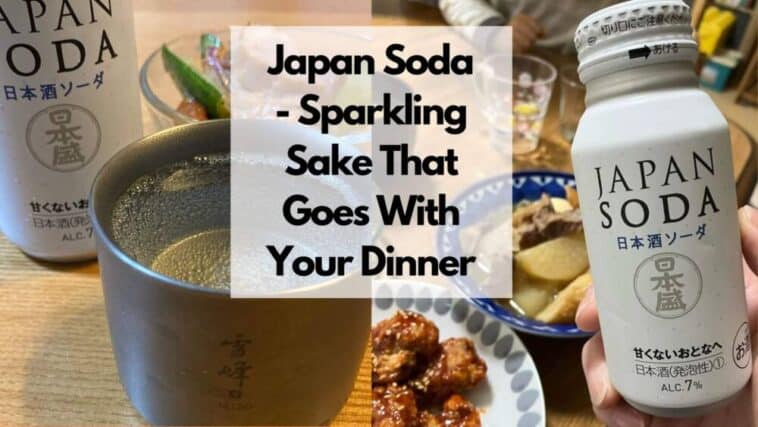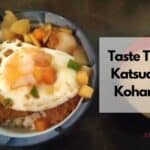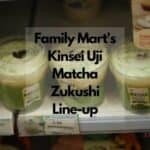Nihonsakari is bringing sake back to the dinner table with their canned sparkling sake – Japan Soda!
Sparkling sake, like its still counterpart, is traditionally sipped to accent flavors in a meal, especially with the subtle tastes of Japanese dishes.
Finding the ideal match for this beverage with other cuisines can sometimes be challenging. However, I believe there’s untapped potential for sake beyond its common pairings.
Recognizing this opportunity, Nihonsakari has introduced a new product, Nihonsakari Japan Soda. This innovative drink is a sparkling version of the classic sake, promising a more versatile and refreshing experience.
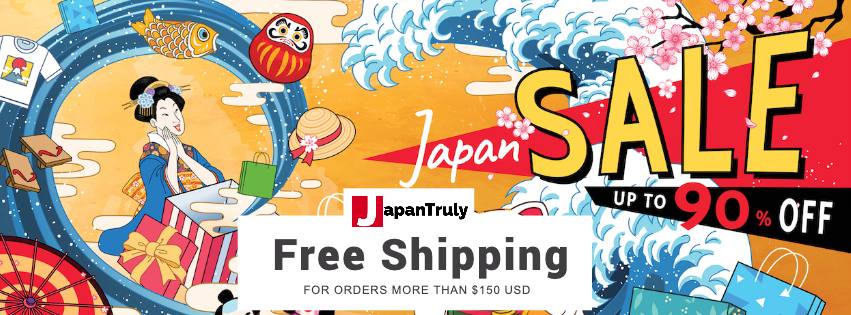
Packaged conveniently in cans, it’s a sparkling sake made using a simple yet refined blend of locally sourced rice, koji, and carbonated water.
Here are some key aspects of Nihonsakari Japan Soda:
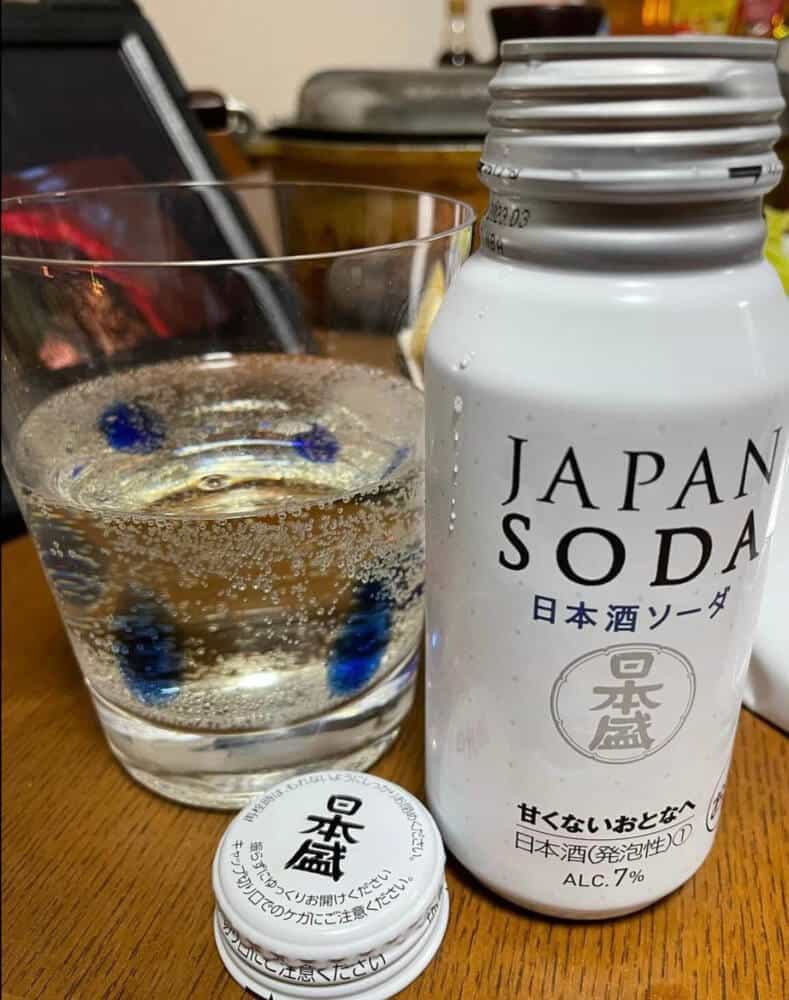
- Ingredients: Japanese rice, koji, and sparkling water.
- Alcohol Content: A moderate 7%, roughly half of traditional non-sparkling sake.
- Flavor Profile: Maintains a mild sweetness with the inherent sake aromas and a hint of fruitiness.
Page Contents
What Pairs Well With Canned Sparkling Sake?
Boldly, Nihonsakari suggests that their Japan Soda could pair well even with heartier, stronger-flavored meals, such as:
- Fried dishes
- Rich, sweet tamagoyaki (Japanese omelets)
With its carbonation and lower alcohol content, I find that it could stand on its own as a refreshing drink, not just a meal accompaniment.
Available at the timely season of cherry blossoms, it becomes an excellent choice for outdoor gatherings, requiring no extra glassware, allowing for a seamless sakura-viewing experience.
Listed at 284 yen for a 180-milliliter can, Nihonsakari Japan Soda seems well-positioned for those looking to enjoy sake in a more casual, perhaps even impromptu setting.
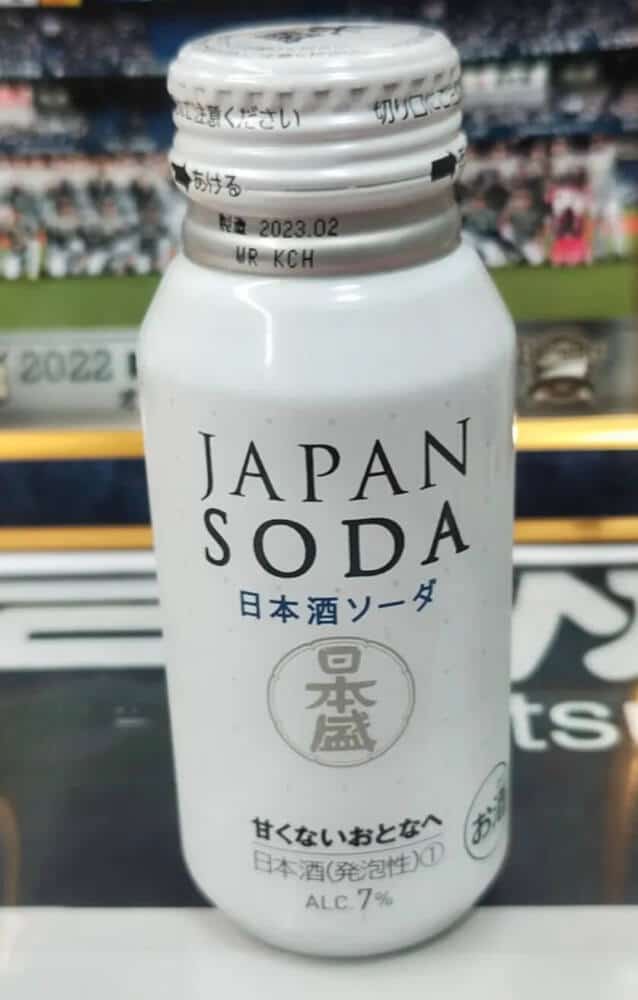
What Sets Sparkling Sake Apart from Its Traditional Counterpart?
Sparkling sake is infused with carbon dioxide either naturally through secondary fermentation or artificially, giving it a bubbly character similar to that of champagne. Unlike traditional sake, which is typically still, sparkling sake offers a lighter and more effervescent experience on the palate.
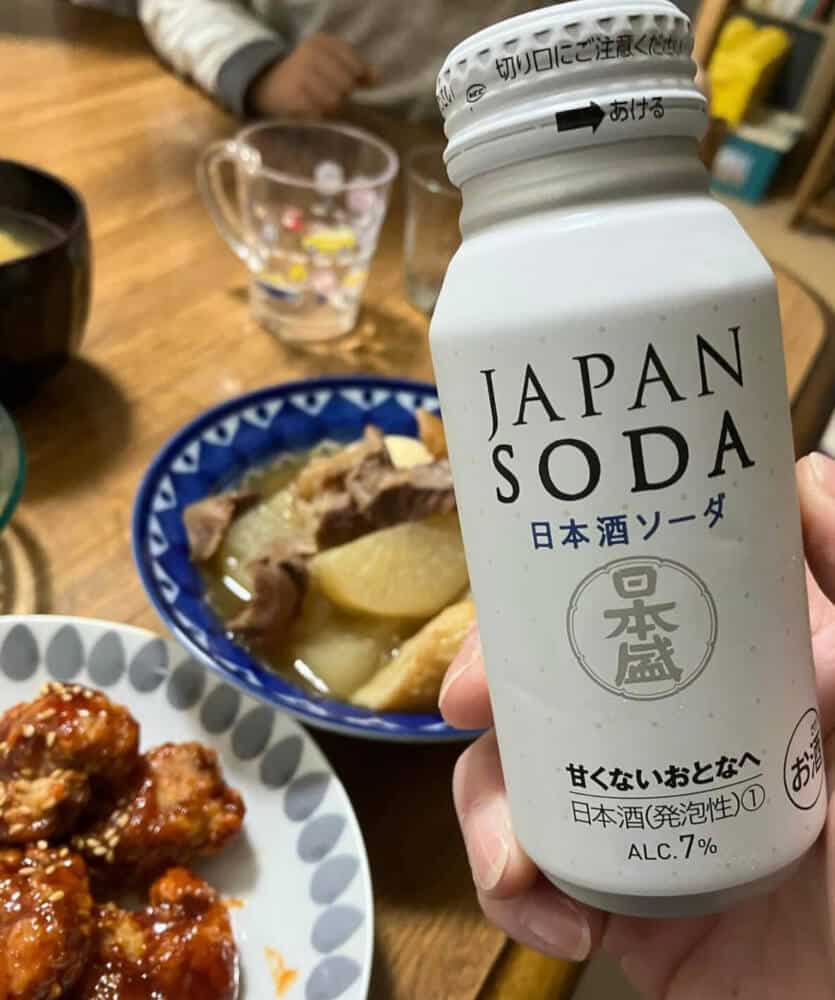
Alcohol Levels in Sparkling Sake
The alcohol content in sparkling sake is usually lower than in regular sake, generally ranging between 5% and 14%. This is influenced by different production methods such as controlling the fermentation process, which can be likened to how the alcohol content in beer is determined.
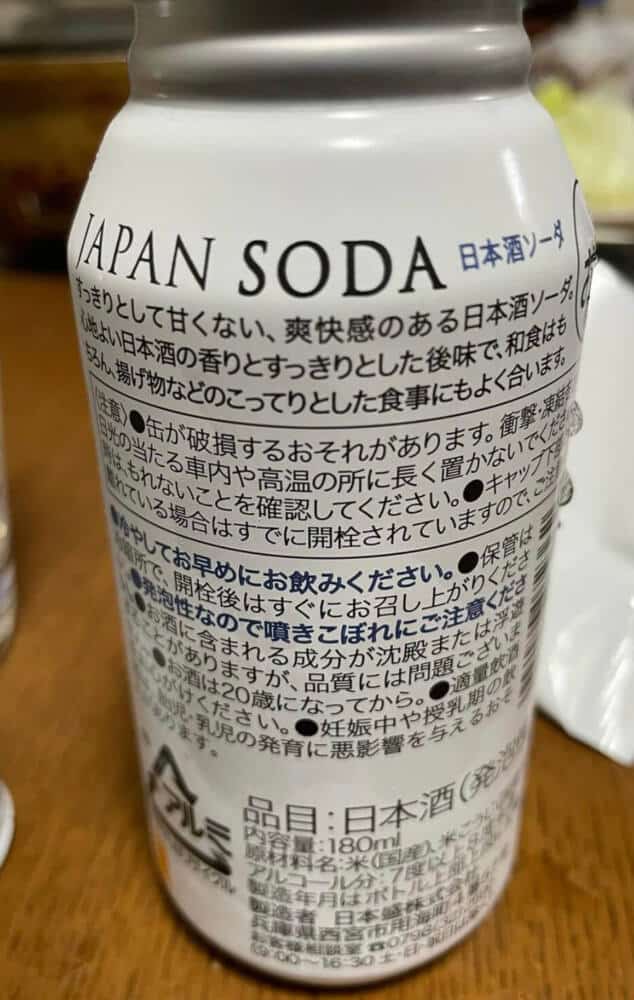
Recognized Sparkling Sake Brands
- Fukucho Seaside
- Suzune Ichinokura
- Dassai
These are a few well-regarded brands that I have come across, known for their craftsmanship and quality.
Selecting a Sparkling Sake for Celebratory Moments
When choosing sparkling sake for an event, I look for:
- Junmai classification: Purity of the drink made only with rice, water, yeast, and koji
- Aroma profile: Should complement the occasion, with fruit-forward options for light-hearted celebrations
- Origin: Prefectures known for quality production like Hiroshima or Miyagi
Flavor Comparison with Other Sparkling Wines
Sparkling sake typically has a lower alcohol content and presents a unique balance of sweetness and acidity not found in western sparkling wines. Its flavor can range from floral and fruity to rich and umami-heavy, offering a diverse taste experience compared to the typical crispness of sparkling wine.
Price Spectrum for Premium Sparkling Sake
| Level | Price Range |
| Entry | $15 – $30 |
| Mid | $30 – $50 |
| Premium | $50 and above |
The price often reflects factors such as the brewery’s reputation, production methods, and the quality of ingredients used.
My writing focuses on the various aspects of Japanese lifestyle, from traditional tea ceremonies and flower arrangement to modern fashion trends and pop culture. Through my articles, I aim to share my passion for Japan and provide readers with a glimpse into the rich and diverse world of Japanese culture.
I believe that the key to understanding Japanese lifestyle is to appreciate the balance between tradition and innovation. While Japan has a rich cultural heritage that dates back centuries, it is also a country that is constantly evolving and embracing new ideas and technologies.
Whether you’re interested in learning about the latest fashion trends in Tokyo, or want to explore the ancient art of calligraphy, my writing will take you on a journey through the many facets of Japanese lifestyle. So join me as we explore the beauty and complexity of this fascinating culture together!


